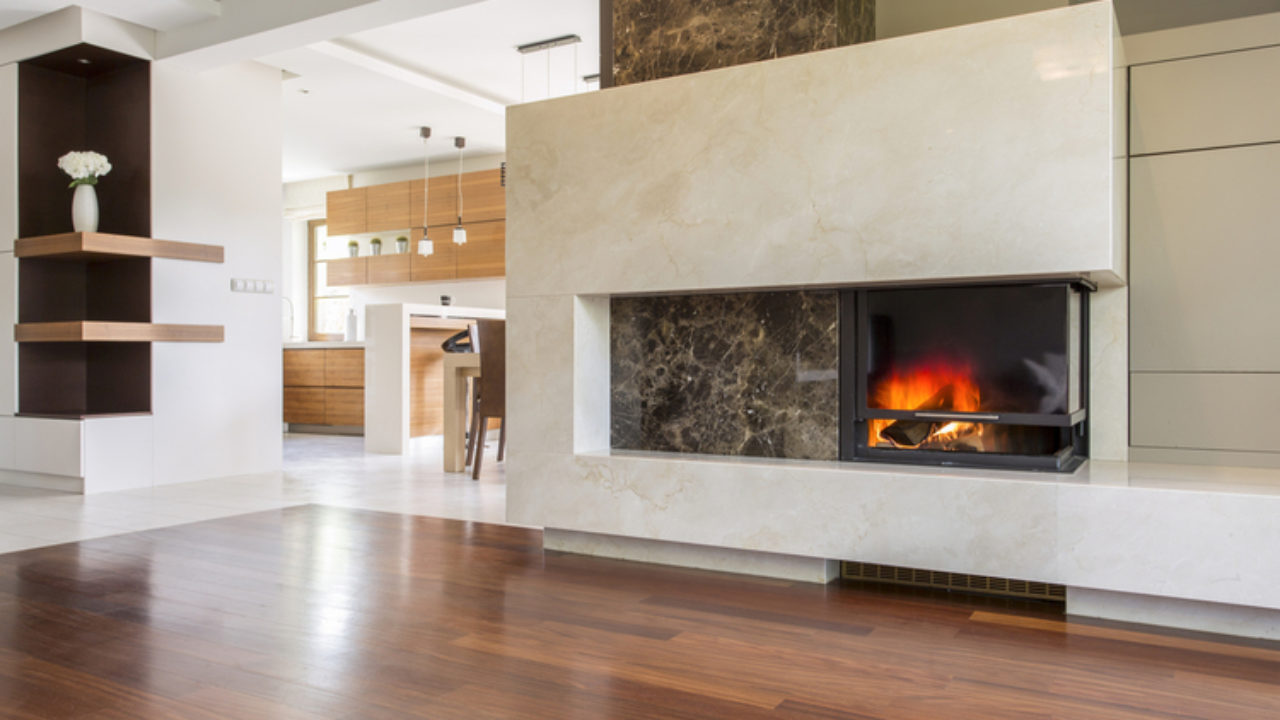

Articles
How To Vent A Gas Fireplace
Modified: December 7, 2023
Discover effective ways to vent a gas fireplace with our informative articles. Get expert advice on proper ventilation to ensure safety and optimal performance.
(Many of the links in this article redirect to a specific reviewed product. Your purchase of these products through affiliate links helps to generate commission for Storables.com, at no extra cost. Learn more)
Introduction
A gas fireplace can be a beautiful and efficient addition to any home. Not only does it provide warmth and comfort, but it also adds a touch of sophistication to your living space. However, when it comes to installing a gas fireplace, proper ventilation is crucial to ensure safety and efficiency.
Venting a gas fireplace is essential to remove harmful combustion byproducts, such as carbon monoxide, from your home. It allows fresh air to enter and circulate, maintaining a healthy environment inside. In this article, we will guide you through the process of venting a gas fireplace, ensuring that it is properly installed and functions optimally.
Before we jump into the details, it’s important to note that installing a gas fireplace and venting system should be done by a professional. They have the knowledge, experience, and appropriate certifications to handle such installations safely. However, having a basic understanding of the process can help you make informed decisions and communicate effectively with the professionals.
Now, let’s dive into the steps involved in venting a gas fireplace.
Key Takeaways:
- Prioritize safety when venting a gas fireplace by following manufacturer’s instructions, wearing safety gear, and testing for proper ventilation. Professional installation and regular maintenance are essential for safe and efficient operation.
- Choose the right venting system, plan the venting route, and carefully install and inspect the vent pipe to ensure optimal performance of your gas fireplace. Testing the ventilation is crucial for confirming safe operation and maintaining indoor air quality.
Read more: How To Install Direct Vent Gas Fireplace
Safety Precautions
When it comes to working with gas appliances, safety should always be your top priority. Before starting any installation or venting process, it is essential to take the necessary precautions to protect yourself and your home. Here are some important safety measures to keep in mind:
- Read the manufacturer’s instructions: Before beginning the venting process, carefully read and understand the manufacturer’s instructions for your gas fireplace. This will ensure that you follow the correct procedures and use the recommended materials.
- Wear safety gear: Always wear appropriate safety gear, such as gloves and safety glasses, when working with tools and materials. This will protect you from potential injuries and flying debris.
- Work in a well-ventilated area: When working with gas appliances, it is important to have proper ventilation to prevent the accumulation of harmful gases. If you’re working indoors, open windows and doors, or use fans to circulate air. If possible, work outside to ensure maximum ventilation.
- Turn off the gas supply: Before starting any venting or installation work, ensure that the gas supply to your fireplace is turned off. This will prevent any accidental gas leaks and potential hazards.
- Inspect the gas connections: Before proceeding, inspect all gas connections for leaks. Apply a mixture of soap and water to the connections and observe if any bubbles form. If bubbles appear, there may be a gas leak. In such a case, turn off the gas supply immediately and contact a professional.
- Keep fire extinguishers nearby: It is always a good idea to have fire extinguishers readily available when working with gas appliances. In case of emergencies, a fire extinguisher can help prevent further damage and ensure your safety.
These safety precautions provide a general guideline for working with gas fireplaces. However, it’s important to consult the specific instructions provided by the manufacturer and follow any additional safety measures they recommend.
Step 1: Choose the Right Venting System
Choosing the right venting system is crucial for the proper operation and safety of your gas fireplace. There are two common types of venting systems used for gas fireplaces: direct vent and natural vent.
Direct Vent: A direct vent system uses a sealed combustion chamber that draws in fresh air from the outside and expels combustion gases through a separate exhaust vent. This type of venting system is highly efficient and eliminates the need for a traditional chimney. It also provides better control over the airflow and prevents backdrafting, making it a safer option.
Natural Vent: Also known as a traditional vent or B-vent, a natural vent system uses a flue pipe that relies on natural buoyancy to exhaust combustion gases. This system requires a vertical chimney or flue that extends above the roofline to ensure proper airflow. It is typically less expensive to install but may be less efficient and can be affected by weather conditions.
When choosing the right venting system for your gas fireplace, consider factors such as your home’s structure, local building codes, and safety requirements. It is recommended to consult with a professional to assess your specific needs and determine the most suitable venting option.
Additionally, ensure that the venting system you choose is compatible with your gas fireplace model. The manufacturer’s instructions will provide information on the recommended venting system and specifications. Following these guidelines will ensure proper installation and optimal performance of your gas fireplace.
Once you have chosen the appropriate venting system, you can proceed to the next step of determining the venting route.
Step 2: Determine the Venting Route
Before you start installing the vent pipe, it is important to determine the proper venting route for your gas fireplace. The venting route will depend on the layout of your home, the location of the fireplace, and any structural obstacles in your way.
To determine the venting route:
- Evaluate the placement of your gas fireplace: Identify the location where you want to install the gas fireplace. Consider factors such as accessibility, aesthetics, and proximity to an exterior wall or existing chimney.
- Evaluate your home’s structure: Assess your home’s construction and the available options for venting. Determine if you have access to an exterior wall or if you need to vent through the roof.
- Consider clearances and regulations: Take into account any clearances or regulations specified by local building codes and the manufacturer’s instructions. These guidelines will dictate the minimum distances required between the vent pipe and combustible materials.
- Plan the venting route: Based on the above considerations, plan the pathway for the vent pipe. Decide whether you will be venting horizontally through an exterior wall, vertically through the roof, or a combination of both.
It is important to note that horizontal venting requires a shorter vent run and may have fewer obstacles, making it a more straightforward option. However, vertical venting may be necessary if the fireplace is located further from an exterior wall or if an existing chimney is used.
Once you have determined the venting route, you can proceed to the next step of installing the vent pipe.
Step 3: Install the Vent Pipe
Now that you have determined the venting route, it’s time to install the vent pipe for your gas fireplace. The vent pipe is responsible for safely carrying combustion gases out of your home while allowing fresh air to enter.
Here’s how to install the vent pipe:
- Gather the necessary materials: Before you begin, make sure you have all the required materials, including the vent pipe sections, elbows, adapters, and any necessary sealing components. Consult the manufacturer’s instructions for the specific components needed for your gas fireplace model.
- Measure and cut the vent pipe sections: Measure the distance between the fireplace and the venting exit point. Use a hacksaw or pipe cutter to cut the vent pipe sections to the appropriate length, following the manufacturer’s recommendations.
- Secure the vent pipe sections: Attach the vent pipe sections together using the appropriate connectors and fittings. Ensure they fit tightly to prevent any leaks or gaps. Use screws or clamps, as recommended by the manufacturer, to secure the connections.
- Follow the recommended clearances: Maintain the recommended clearances between the vent pipe and combustible materials, as specified by the manufacturer and local building codes. This is crucial to prevent the risk of fire or damage to surrounding surfaces.
- Seal the connections: Apply high-temperature silicone sealant to all connections and joints to ensure a secure and airtight fit. This will prevent any potential leaks.
- Consider insulation: Depending on the venting system and local climate conditions, you may need to insulate the vent pipe to prevent condensation or heat loss. Consult the manufacturer’s instructions and local building codes to determine if insulation is required and, if so, what type to use.
- Secure the vent pipe: Use appropriate brackets or supports to secure the vent pipe along the designated venting route. This will ensure that it remains stable and secure.
It’s crucial to follow the manufacturer’s instructions and local building codes throughout the installation process. If you are unsure or uncomfortable performing any step, consult a professional who can safely install the vent pipe for you.
Once the vent pipe is installed, you can move on to the next step of connecting the vent pipe to the gas fireplace.
Make sure to have your gas fireplace professionally inspected and cleaned annually to ensure proper venting and safe operation. Regular maintenance will also help prevent any potential issues with venting.
Read more: How Do I Know If My Gas Fireplace Is Vented
Step 4: Connect the Vent Pipe to the Fireplace
After installing the vent pipe, the next step is to connect it to the gas fireplace. This step is crucial as it ensures that gases are properly directed outside while preventing any backflow or leaks into your living space.
Follow these steps to connect the vent pipe to the gas fireplace:
- Consult the manufacturer’s instructions: Familiarize yourself with the specific instructions provided by the manufacturer for connecting the vent pipe to your gas fireplace.
- Locate the venting connection point: Identify the venting connection point on the gas fireplace. It is usually located at the back or top of the unit. Ensure that the connection point aligns with the vent pipe and allows for a secure fit.
- Attach the vent pipe: Slide the end of the vent pipe into the venting connection point on the gas fireplace. Ensure that it fits securely and is properly aligned. Use any specified connectors or clamps to secure the connection. Follow the manufacturer’s recommended method for attaching the vent pipe.
- Seal the connection: Apply high-temperature silicone sealant around the connection point to create an airtight seal. This will prevent any potential leaks or backflow of gases. Ensure that the sealant is evenly applied and covers the entire circumference of the connection.
- Inspect the connection: Carefully examine the connection to ensure it is secure and properly sealed. Check for any gaps, leaks, or loose fittings. Make any necessary adjustments or repairs to ensure the connection is tight and secure.
- Follow clearances and regulations: Maintain the recommended clearances specified by the manufacturer and local building codes. These guidelines ensure safe installation and prevent any potential hazards.
- Double-check the connection: Before proceeding to the next step, double-check the connection to ensure everything is properly installed. Confirm that the vent pipe is securely attached, and there are no signs of gas leaks or loose fittings.
Connecting the vent pipe to the gas fireplace is a critical step in the venting process. Accurate and secure connection ensures the safe and efficient operation of your gas fireplace. If you have any doubts or concerns during this process, it is recommended to consult a professional for assistance.
Once the vent pipe is securely connected to the gas fireplace, you can move on to the next step of inspecting and sealing the entire venting system.
Step 5: Inspect and Seal the Venting System
After connecting the vent pipe to the gas fireplace, it’s important to thoroughly inspect the entire venting system to ensure it is properly installed and sealed. This step helps to prevent any potential leaks or issues that could compromise the safety and performance of your gas fireplace.
Here’s what you need to do:
- Visually inspect the venting components: Carefully examine all sections of the vent pipe and fittings to ensure they are properly aligned, securely connected, and free from any damage or defects.
- Check for any gaps or openings: Inspect the joints, connections, and seams of the vent pipe. Look for any gaps, openings, or loose fittings that could allow gases to escape. Seal any gaps or openings with high-temperature silicone sealant to create an airtight seal.
- Ensure proper clearances: Verify that the venting system maintains the recommended clearances from combustible materials, such as walls, ceilings, and floors. Make any necessary adjustments to ensure the appropriate distances are maintained.
- Inspect for condensation: Check for any signs of condensation within the vent pipe. Excessive condensation can lead to corrosion and affect the performance of the venting system. Consider adding insulation to prevent condensation build-up, if recommended by the manufacturer or local regulations.
- Inspect the exterior termination point: Examine the exterior termination point of the vent pipe, typically located on an exterior wall or roof. Ensure that it is securely attached and properly sealed. Look for any signs of damage or blockages that could hinder proper ventilation.
- Perform a test run: Before finalizing the installation, run the gas fireplace and observe the venting system in action. Check for any irregularities, such as excessive smoke, unusual odors, or improper drafting. If you notice any issues, it is crucial to address them before continuing.
By thoroughly inspecting and sealing the venting system, you are taking proactive measures to ensure the safety and effectiveness of your gas fireplace. If you encounter any difficulties during this step or have concerns about the installation, it is recommended to seek assistance from a professional.
Once you are satisfied with the condition and performance of the venting system, you can proceed to the final step of testing the ventilation to confirm its effectiveness.
Step 6: Test the Ventilation
Testing the ventilation of your gas fireplace is a crucial step to verify that the system is functioning properly and effectively removing combustion byproducts from your home. This step ensures the safety and efficiency of your gas fireplace.
Follow these steps to test the ventilation:
- Ensure proper air intake: Check that the air intake for your gas fireplace is unrestricted and allows for the proper flow of fresh air. Remove any obstructions, and ensure that vents or louvers are clear of debris.
- Turn on the gas fireplace: Light your gas fireplace and let it run for several minutes to allow it to reach its normal operating temperature.
- Inspect flames and smoke: Observe the flames of your gas fireplace. They should burn steadily and have a blue or blue-orange color. Abnormal flame patterns, such as flickering or yellow flames, can indicate improper ventilation or other issues. Additionally, check for any signs of smoke or odors outside of the fireplace. Proper ventilation should effectively remove these byproducts.
- Check for proper drafting: Hold a lit match or a small, smoke-emitting device near the vent pipe termination point outside your home. Observe the direction of the smoke. It should be drawn upward and away from the house, indicating that the venting system is properly drafting the combustion gases outside.
- Assess carbon monoxide levels: To ensure the safety of your indoor air quality, consider using a carbon monoxide detector near the fireplace and in other areas of your home. Monitor the carbon monoxide levels while the fireplace is operating. If the detector alarms or indicates elevated levels of carbon monoxide, immediately turn off the gas fireplace and seek professional assistance.
If you encounter any issues during the testing process, such as irregular flames, excessive smoke, or high carbon monoxide levels, it is crucial to address these problems promptly. Do not attempt to use the gas fireplace until the issue has been resolved by a qualified professional.
Regular maintenance and periodic inspections of the venting system are recommended to ensure continued safe and efficient operation of your gas fireplace. Consult with a professional for professional inspections and service as needed.
By completing the ventilation testing, you can have peace of mind knowing that your gas fireplace is operating safely and effectively, providing warmth and comfort to your home.
Conclusion
Installing a gas fireplace can be a wonderful addition to your home, providing warmth and ambiance. However, it is crucial to ensure proper ventilation to maintain a safe and healthy living environment. By following the steps outlined in this guide, you can successfully vent your gas fireplace and enjoy its benefits to the fullest.
Remember to prioritize safety throughout the installation process. Take necessary precautions, consult the manufacturer’s instructions, and adhere to local building codes. If you are unsure or uncomfortable with any steps, it is always recommended to consult a professional for expert assistance.
Choosing the right venting system for your gas fireplace is essential. Consider factors such as your home’s structure, local regulations, and manufacturer’s recommendations. Whether you opt for a direct vent system or a natural vent system, ensure it is compatible with your gas fireplace model for optimal performance.
Determining the venting route and properly installing the vent pipe are critical steps. Carefully plan the venting route based on your home’s layout and any structural obstacles. Install the vent pipe following the manufacturer’s instructions, securely connecting the sections and sealing the joints to prevent any leaks or gaps.
Connecting the vent pipe to the gas fireplace and inspecting the entire venting system is essential to ensure a secure fit and proper functioning. Pay close attention to clearances, seal all connections, and inspect for any signs of damage or condensation. Address any issues promptly to maintain the safety and efficiency of your gas fireplace.
Finally, testing the ventilation is vital to confirm that the gas fireplace is operating correctly. Check for proper airflow, observe the flames, and ensure proper drafting. Consider using a carbon monoxide detector to monitor indoor air quality, prioritizing the safety of you and your family.
By completing these steps with care and attention to detail, you can have confidence in the safe and efficient operation of your gas fireplace. Remember to schedule regular maintenance and inspections to keep your venting system in top condition.
Enjoy the warmth, comfort, and beauty that your gas fireplace brings to your home, knowing that it is properly vented and providing a safe and inviting atmosphere for you and your loved ones.
Frequently Asked Questions about How To Vent A Gas Fireplace
Was this page helpful?
At Storables.com, we guarantee accurate and reliable information. Our content, validated by Expert Board Contributors, is crafted following stringent Editorial Policies. We're committed to providing you with well-researched, expert-backed insights for all your informational needs.
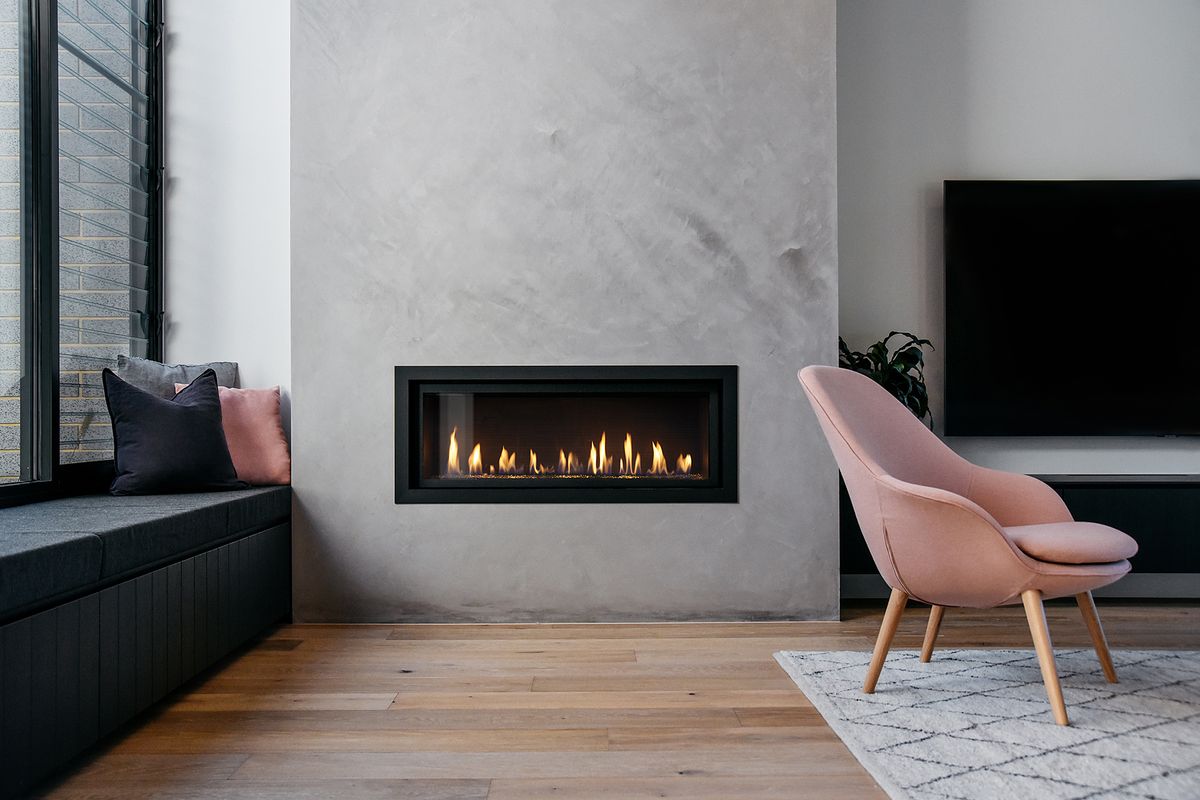
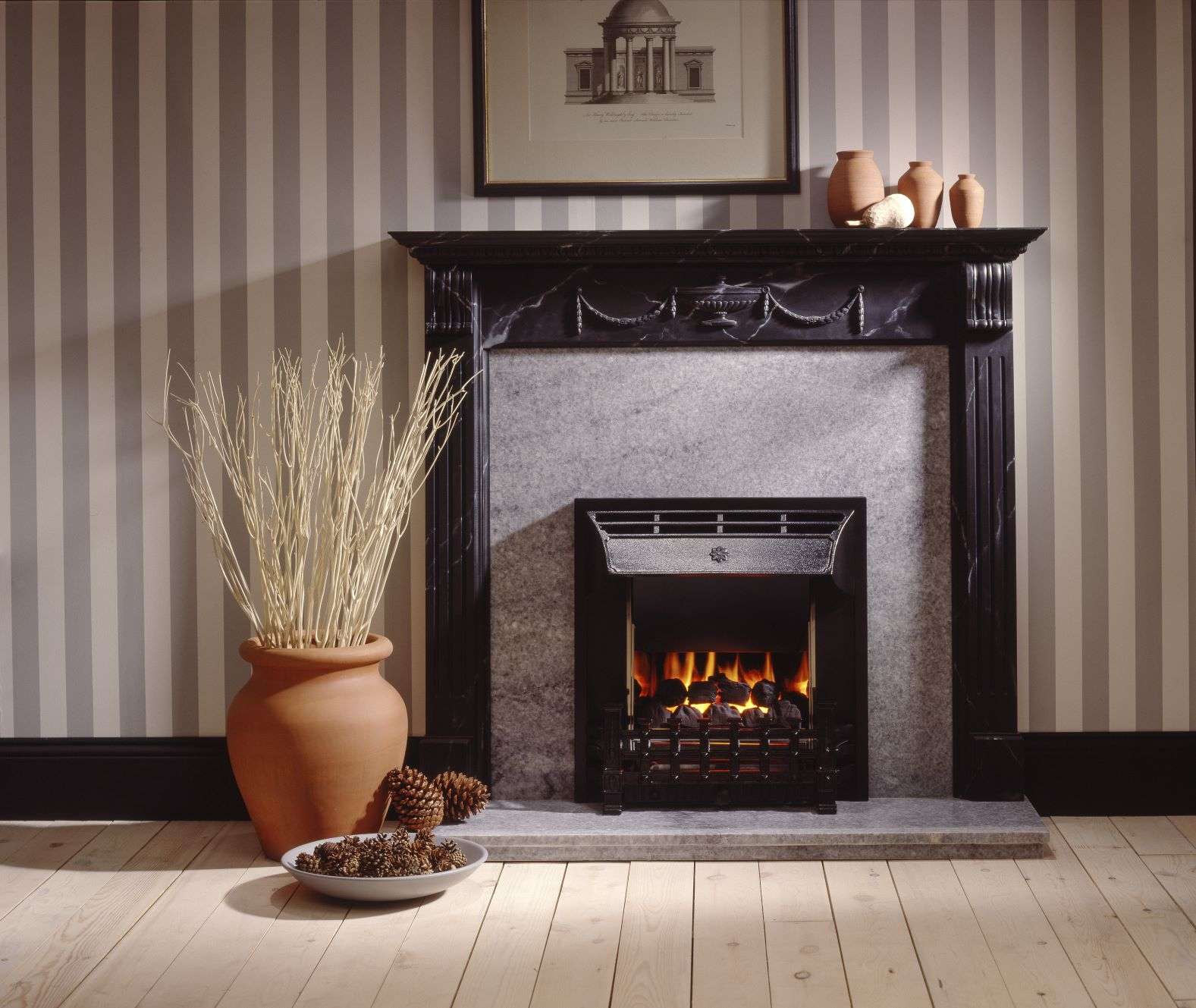
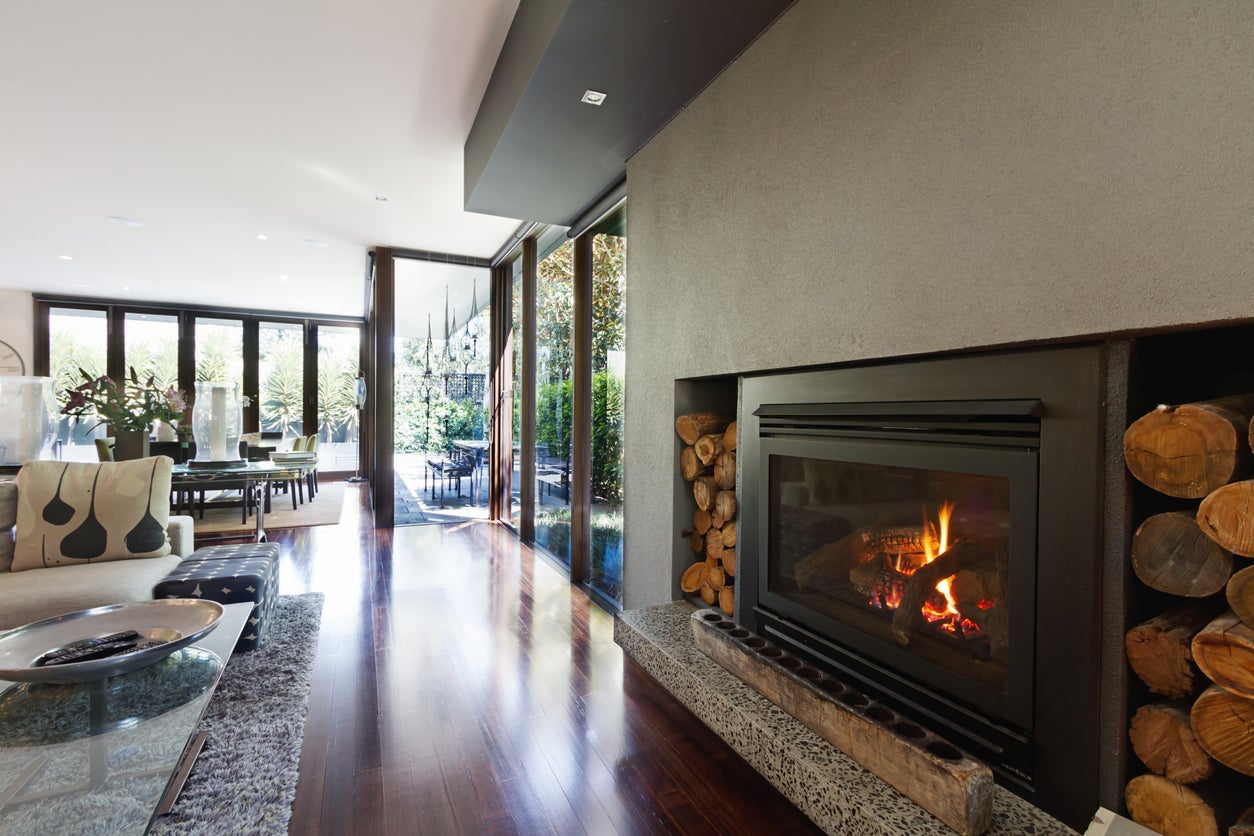
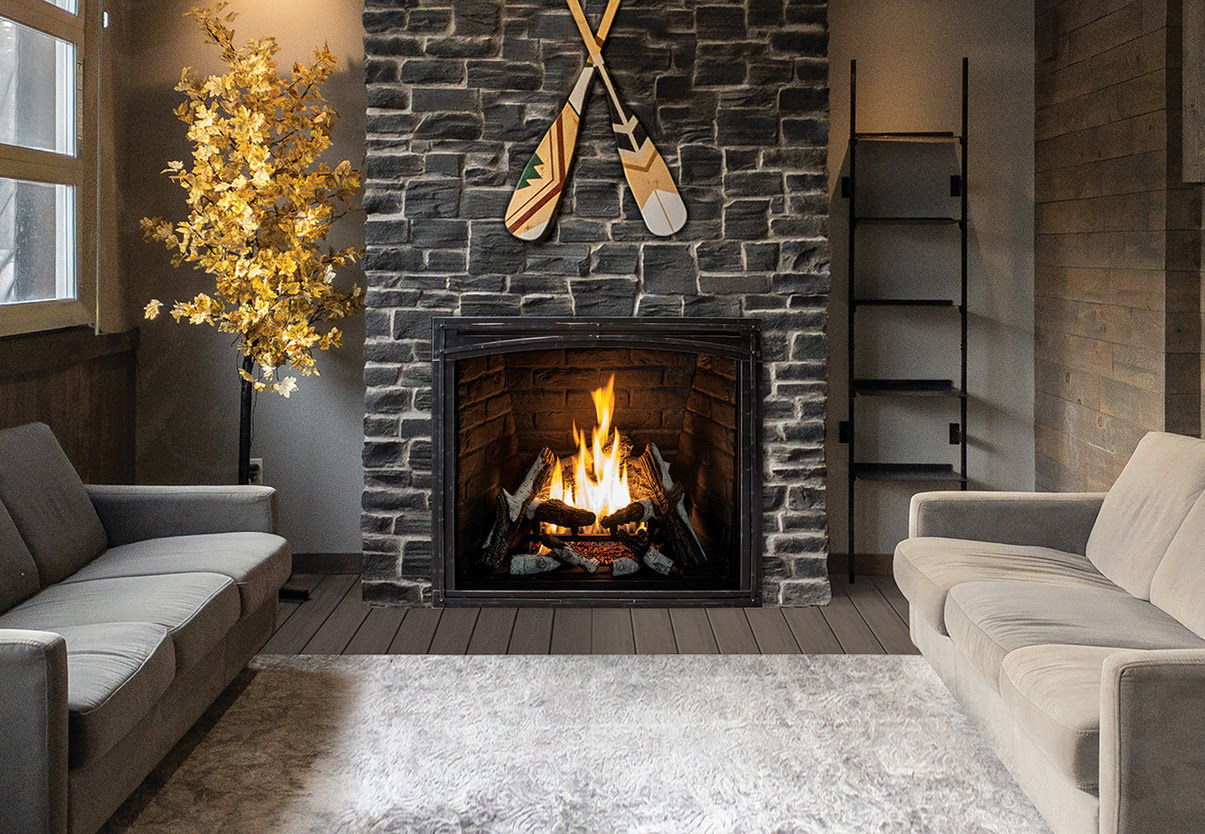
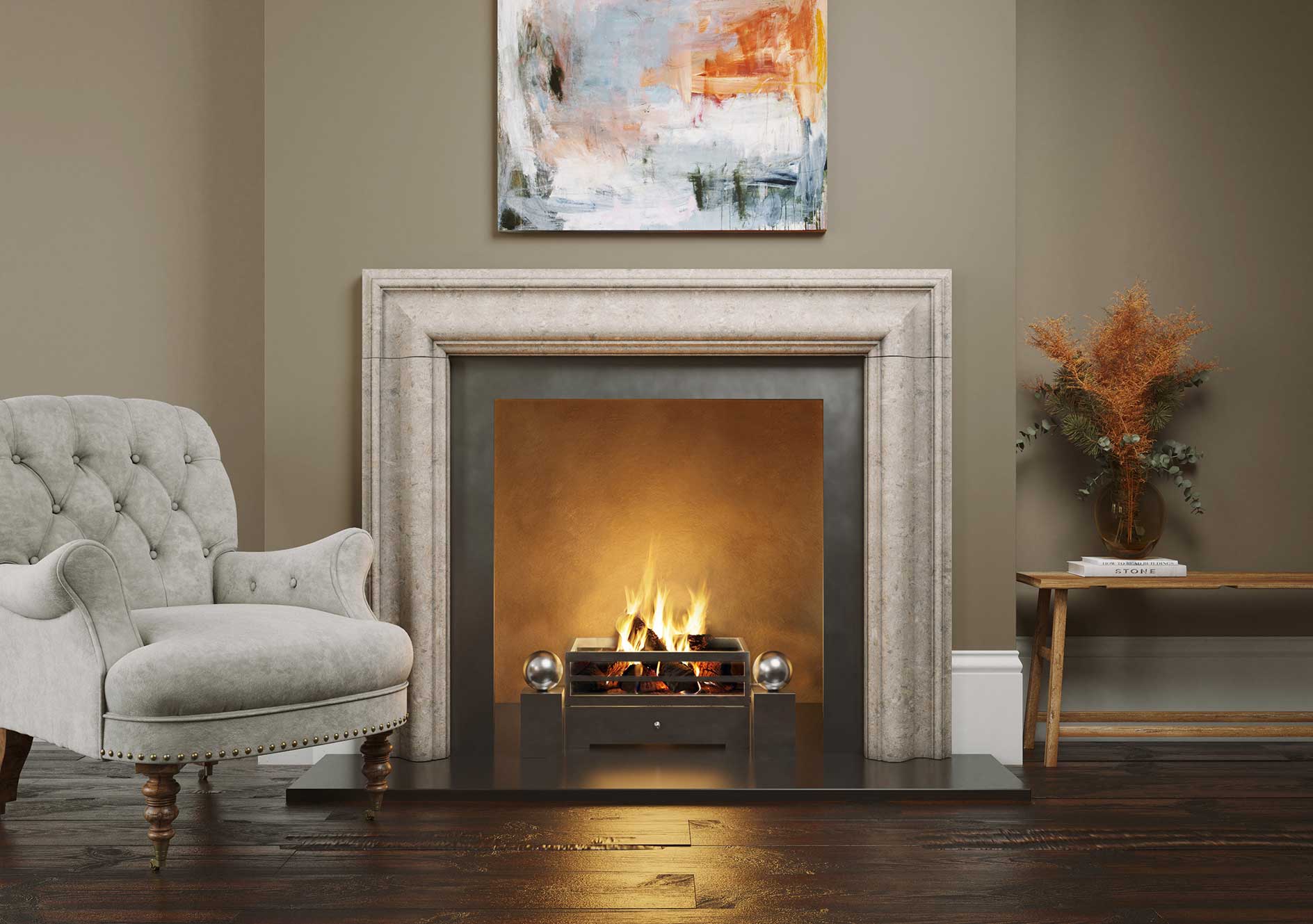
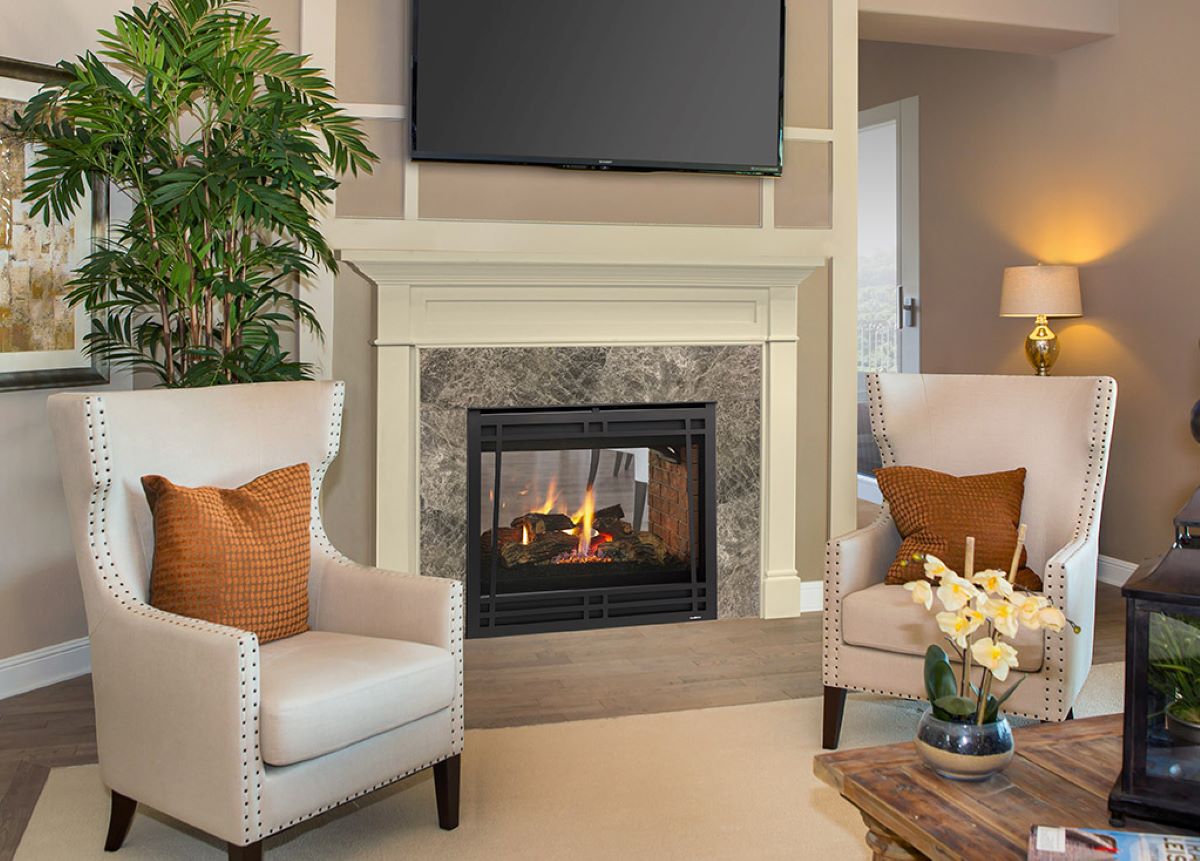
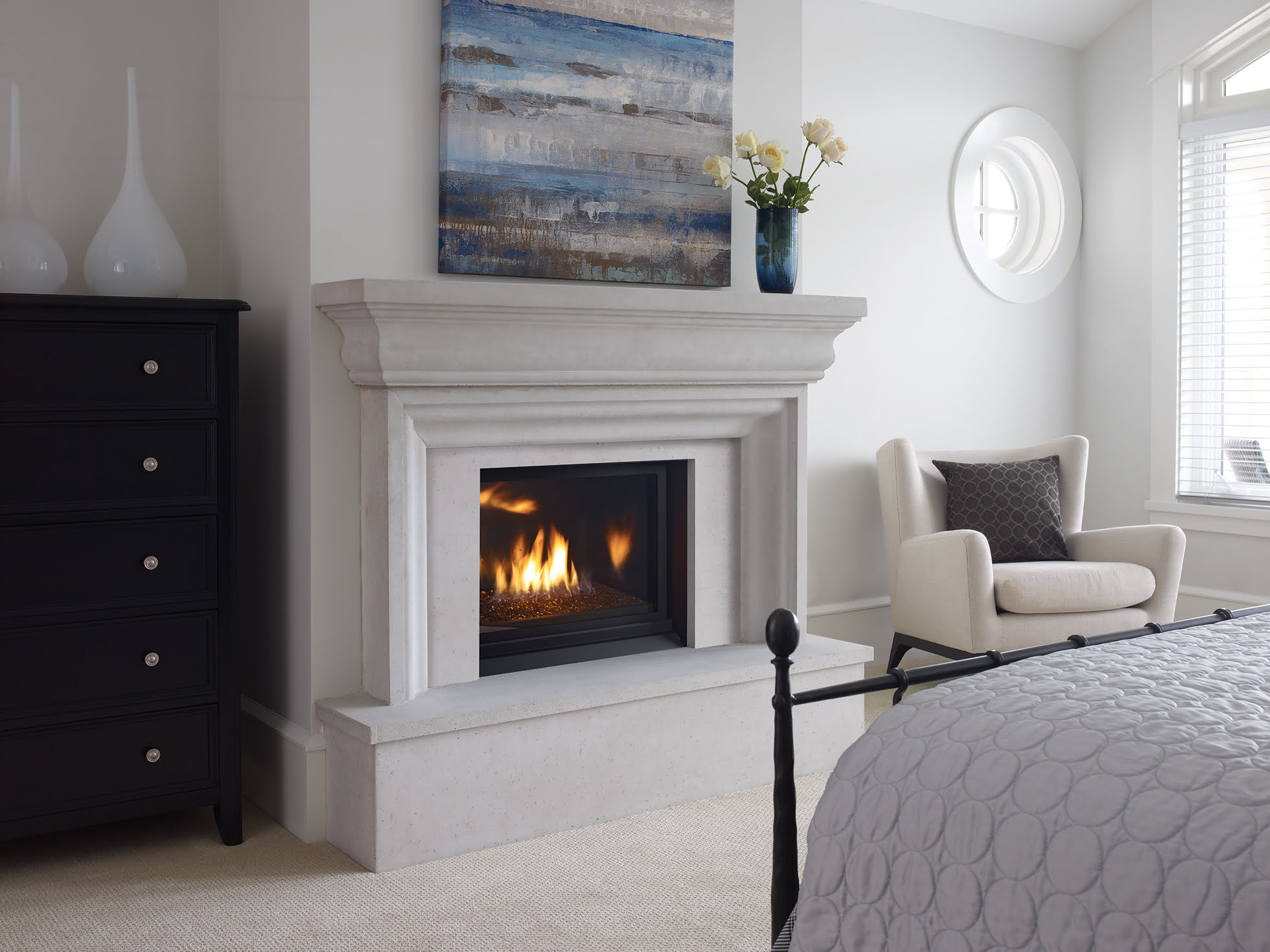
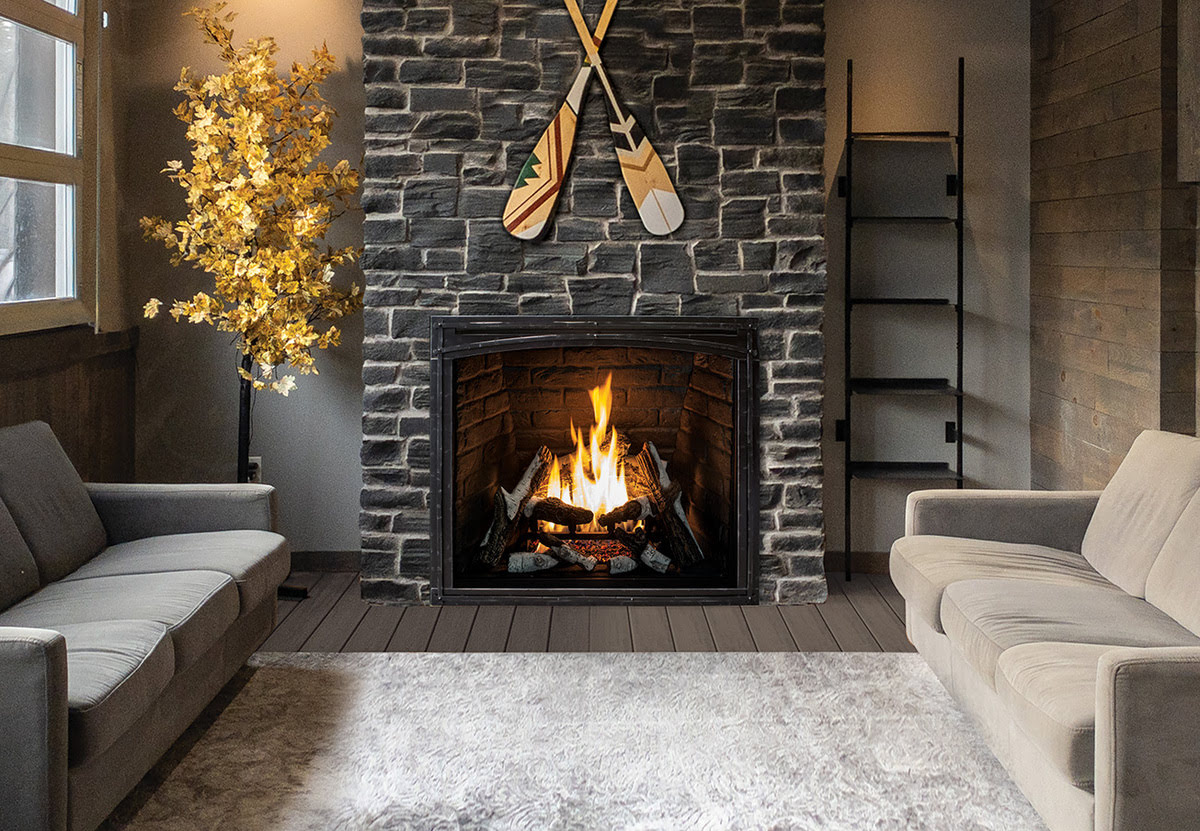
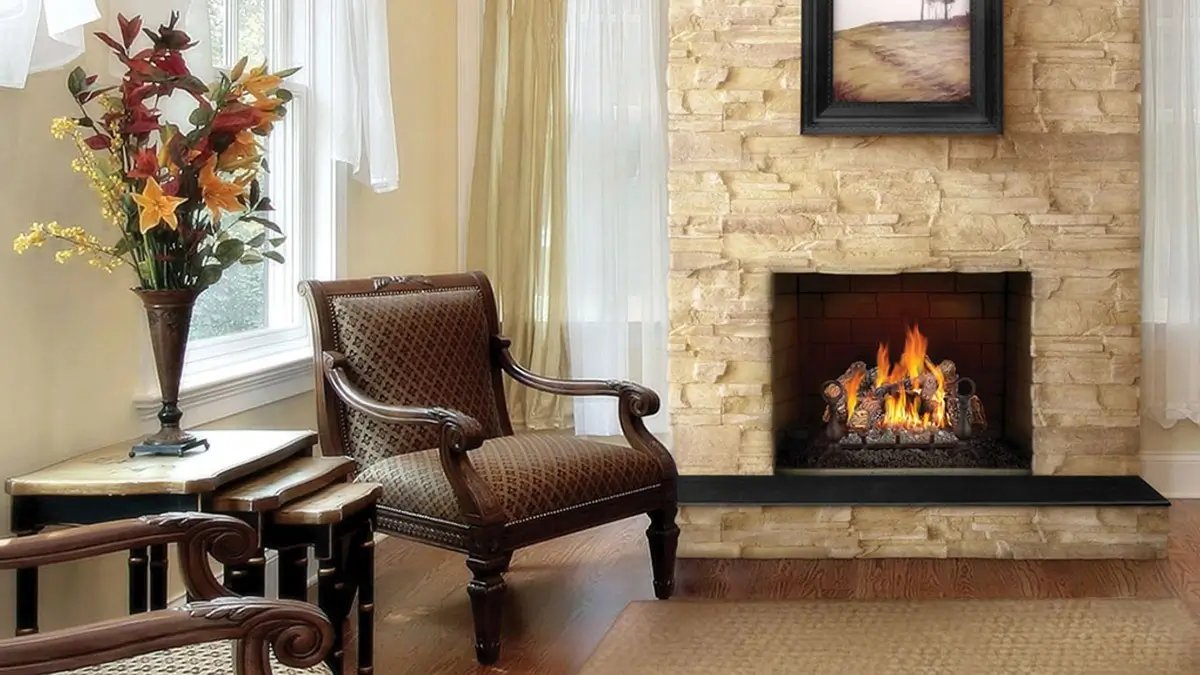
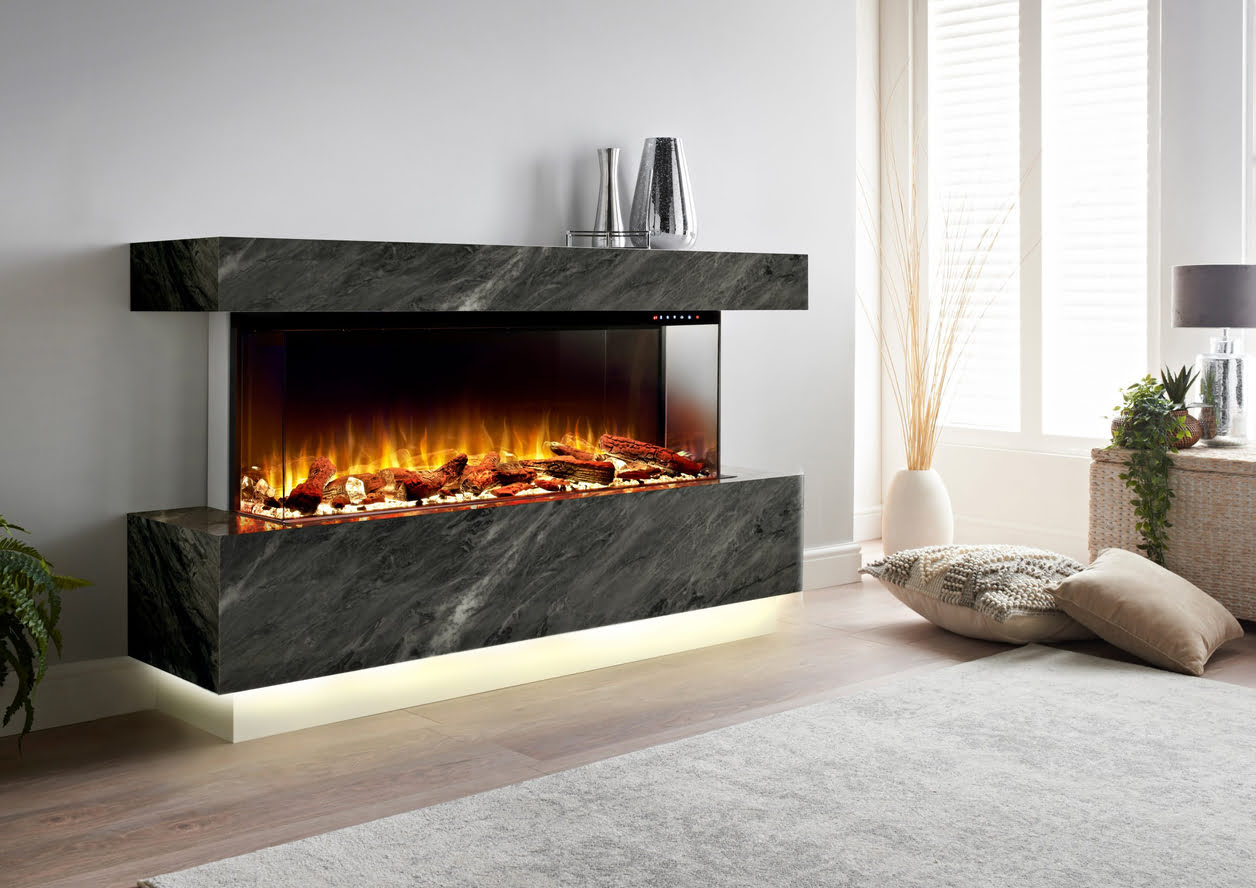
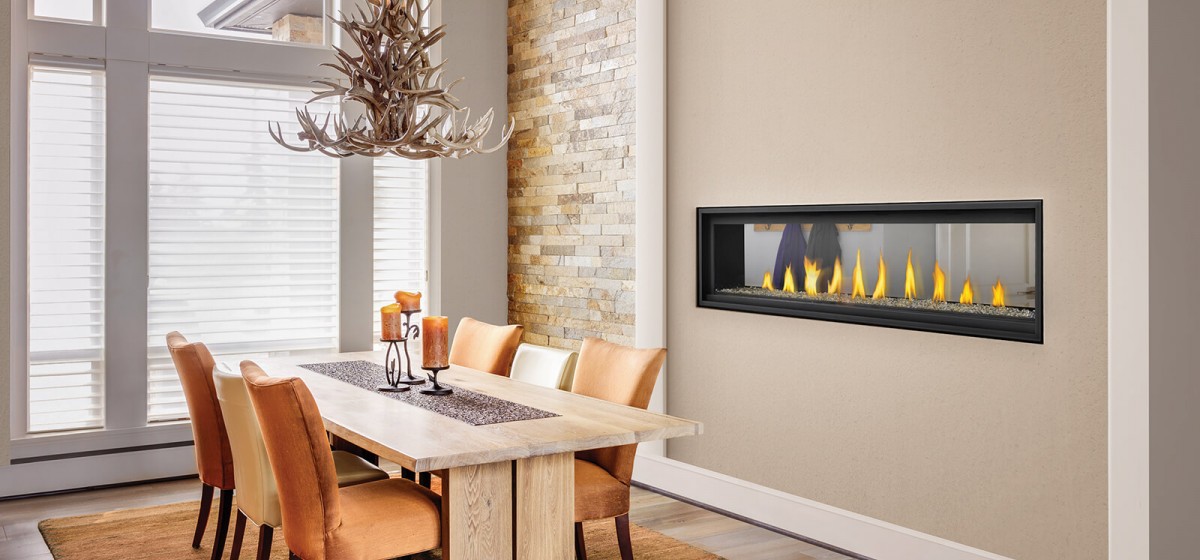
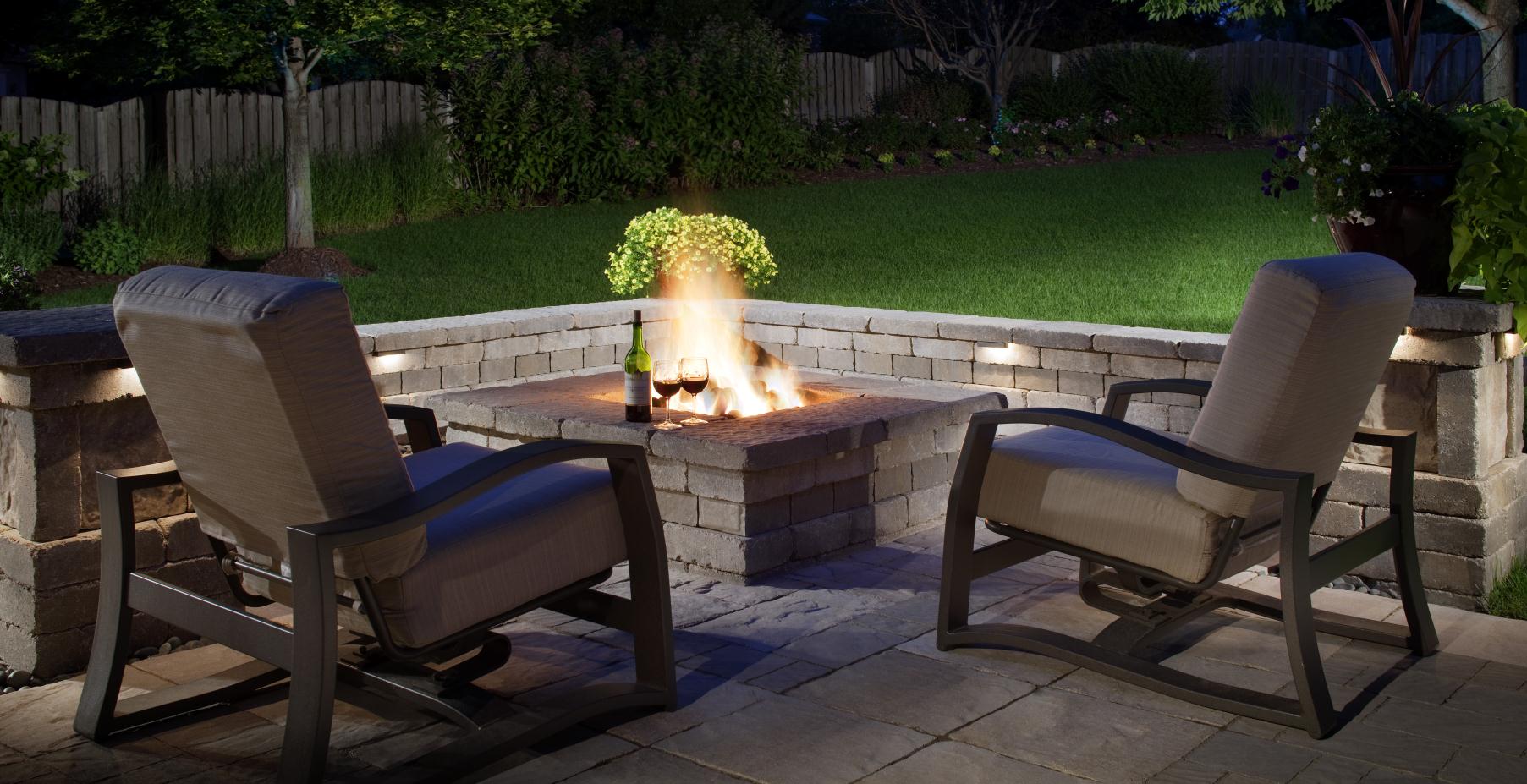
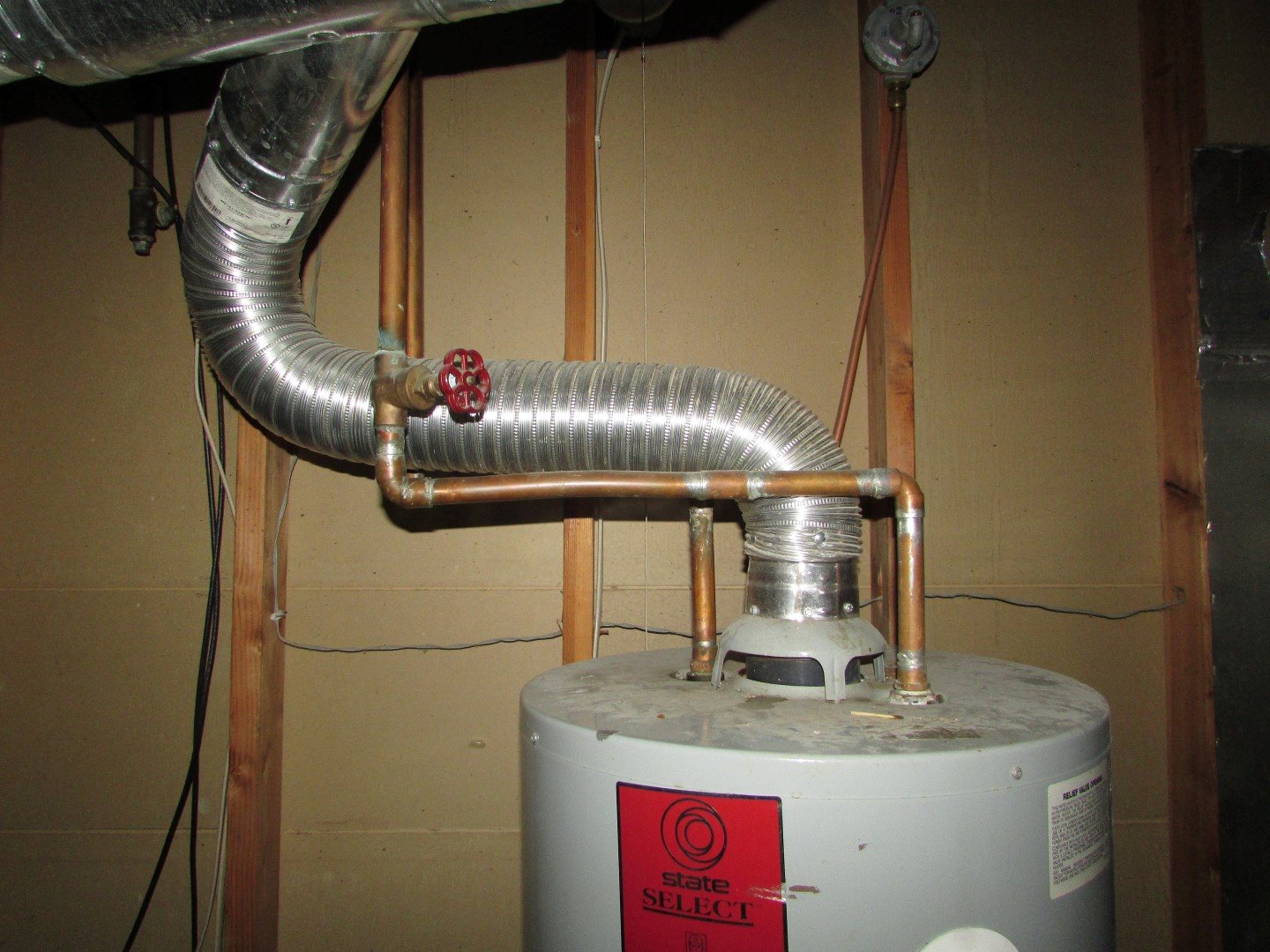
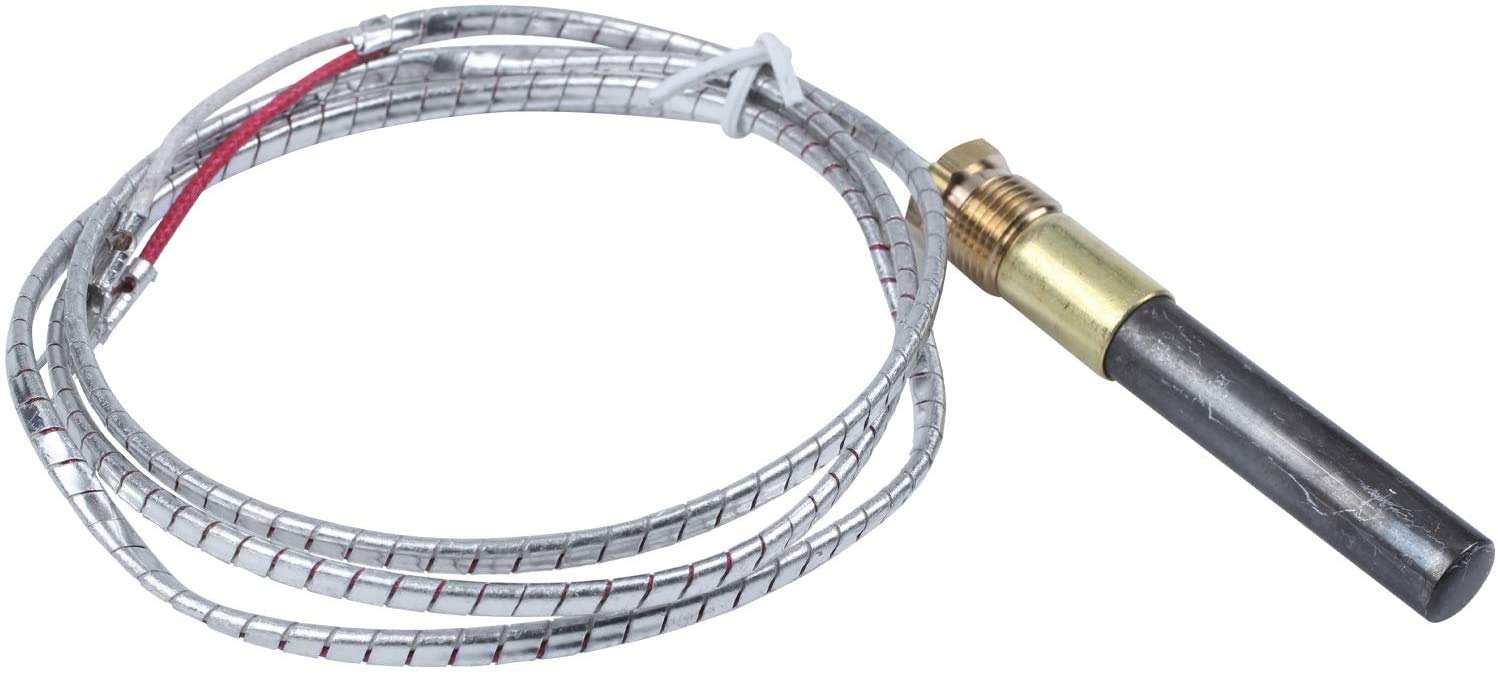

0 thoughts on “How To Vent A Gas Fireplace”